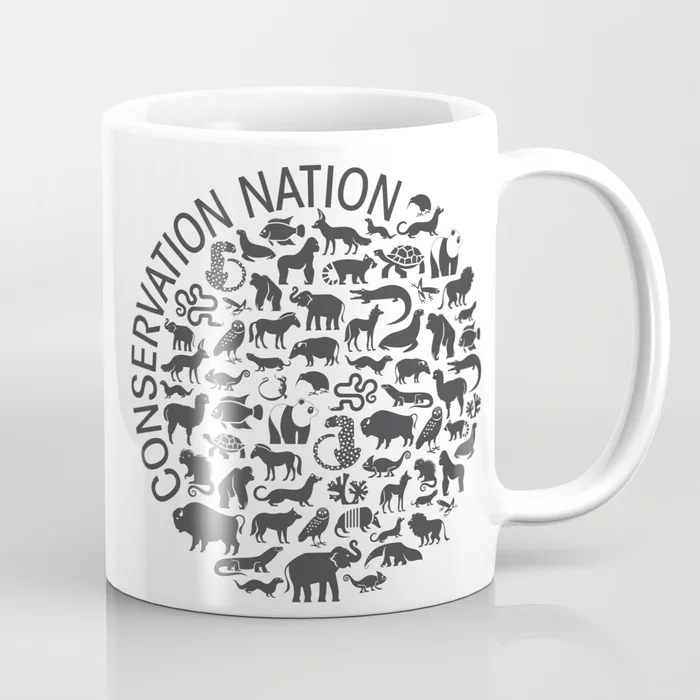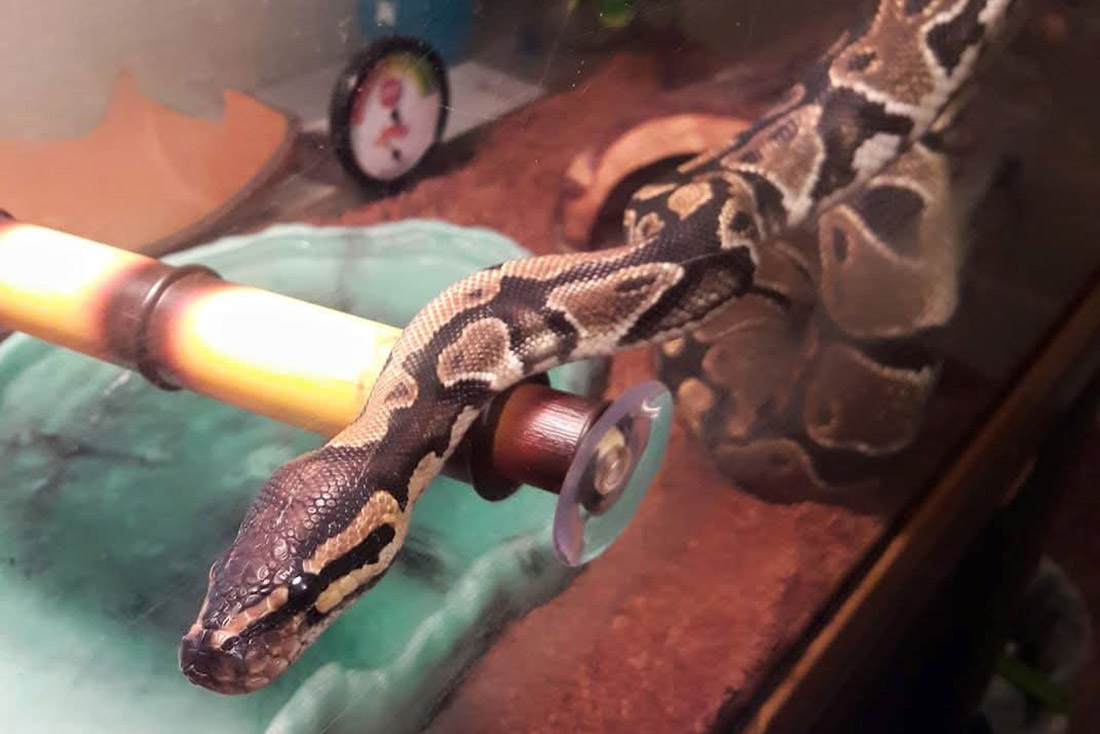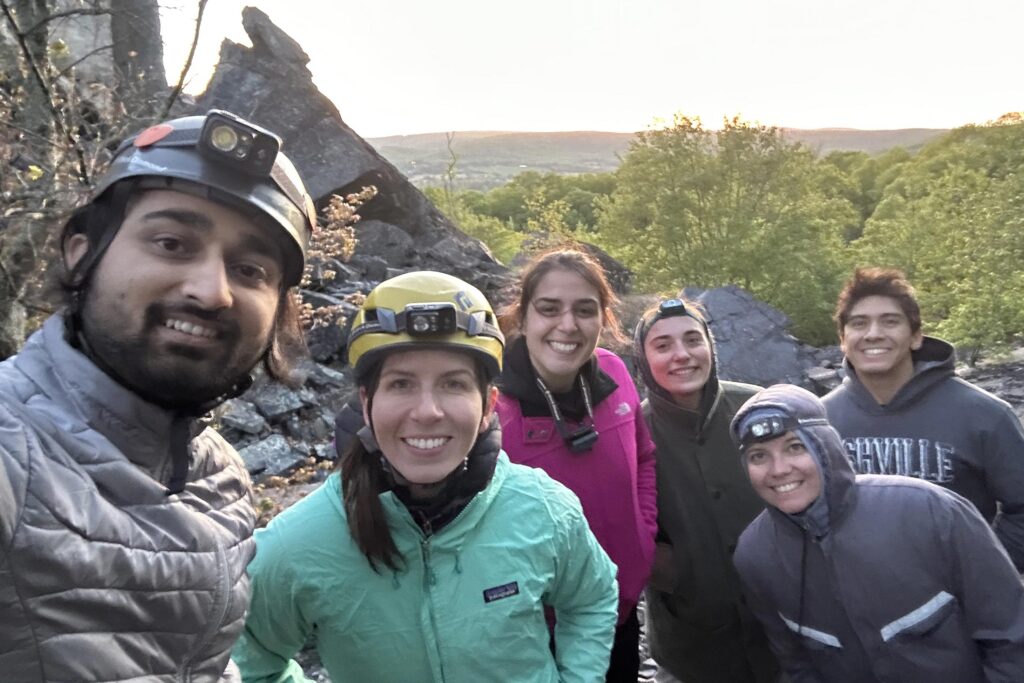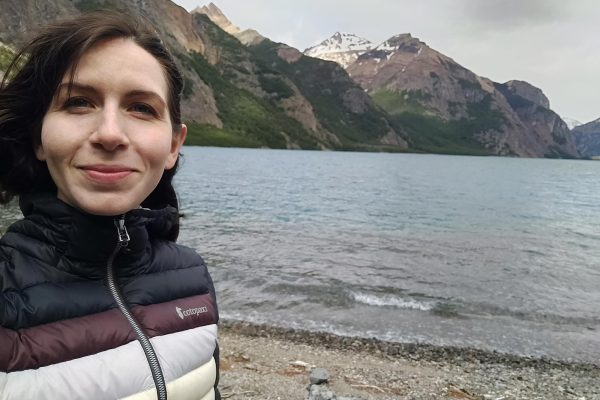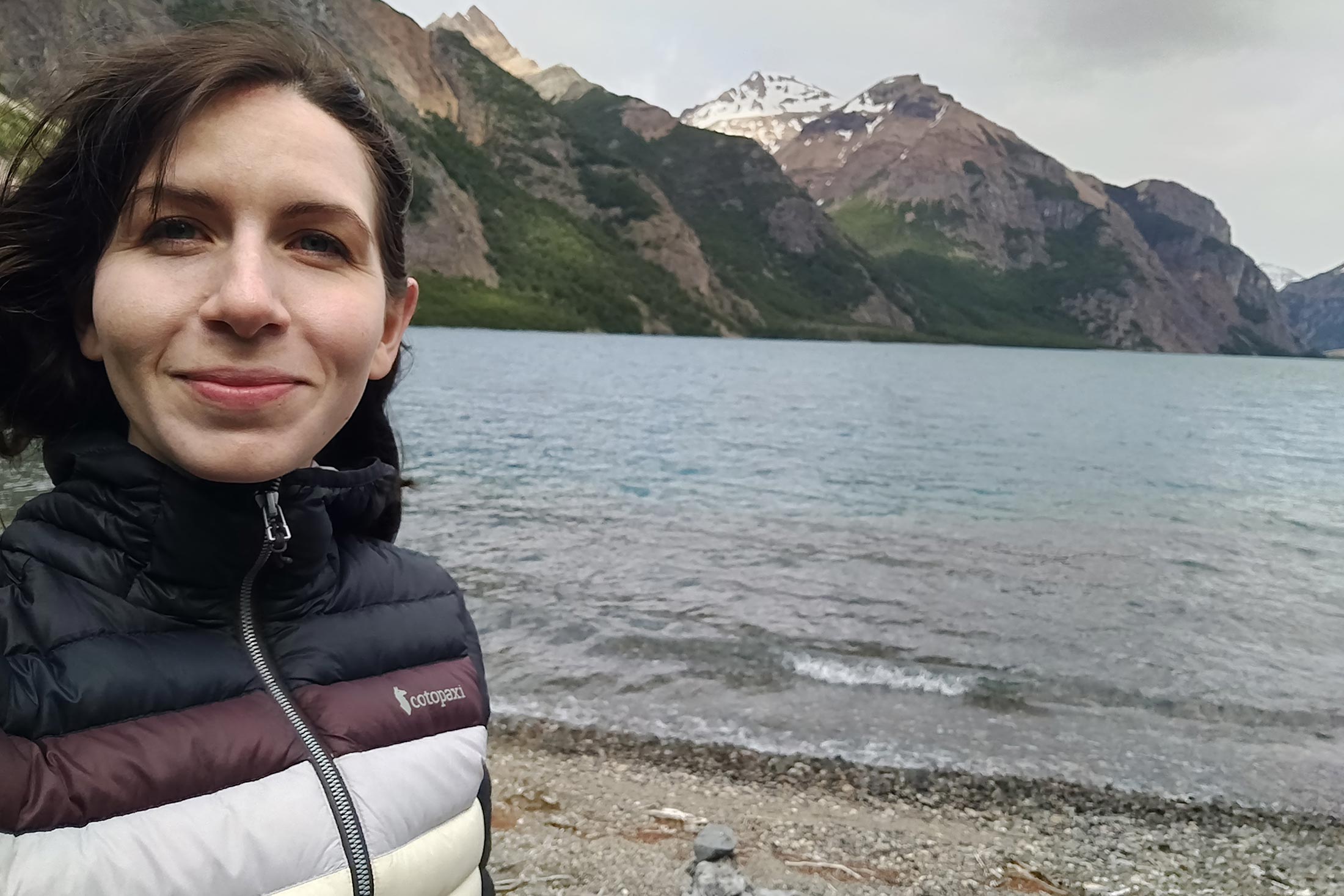In a few months, my graduate student, Suman Neupane, and I will head to Nepal to conduct some in-country lab and conservation work. We also plan to hunt for more bear poop! We will locate the scat by trekking through the breathtaking Himalayan foothills. Working in this region offers us the unique opportunity to consider how some of the country’s prodigious protected areas impact the bears’ movements and behaviors.
Why are we looking for bear poop?
Collecting scat might seem like an unappealing activity. But, for a passionate scientist and conservationist, poop holds a treasure trove of scientific findings. It can provide crucial information about bear movement, diet, health, and genetic diversity. Understanding the bears’ movements between different habitat patches can provide valuable insights into behavior and habitat connectivity, which we can use to inform landscape-level conservation strategies.
Planning for field and lab work
Beyond the scientific implications of our work, we are passionate about inspiring the next generation of scientists. Providing students with opportunities to learn new skills and to gain hands-on experience is crucial for building scientific capacity.
With this in mind, we will lead a DNA extraction workshop in Nepal. This experience will teach students valuable lab techniques and expose them to the broader fields of genetics and conservation biology. Our goal is to build a community of researchers who feel empowered to contribute to biodiversity and wildlife conservation in Nepal.
To prepare for leading the workshop, I trained Suman in the necessary lab techniques he will need. I also ordered portable lab equipment and supplies to bring to Nepal — a small centrifuge, incubator, vortexer, and micropipettes.
During our field and lab work, Suman and I will interact closely with local communities to foster a sense of stewardship towards bears and their habitats. Through community meetings and awareness materials, we aim to provide valuable information about bear behavior, the ecological importance of bears, and the benefits of wildlife conservation.
In preparation for our upcoming work, we’ve continued building relationships with two specific organizations that each bring unique experiences and resources to the table. The first one, the Nanu Foundation, has helped shape the local community through human rights protection and environmental conservation. The organization also conducts ongoing research about black bears and shares conservation messaging about the species. Our second partner organization, the School of Forestry and Natural Resource Management, is hosting our conservation genetics workshop.
In the meantime…
Until we leave for our trip to the Himalayas of Nepal in a couple of months, we’ll be in the (tiny hill-like) Ozark Mountains of Missouri. In the meantime, we’ve been making preparations from our home institution of Missouri State University, including securing permits and nailing down logistics. We’ve also been spending time conducting local conservation work. Stay tuned for future updates as our project continues to progress!




